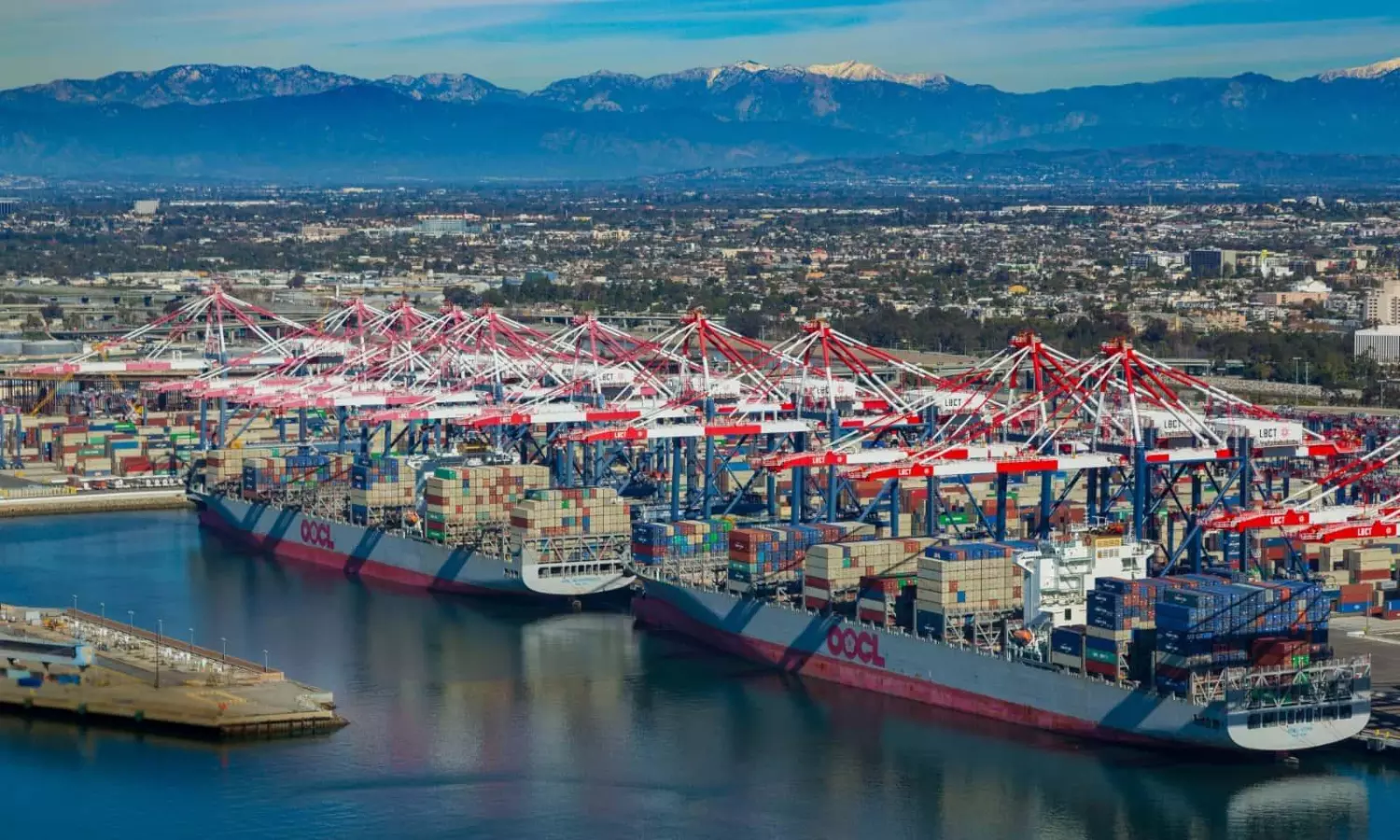Watch for rate spreads, volumes: Xeneta
Flexibility by choosing 3-6 month agreements over 1-2 year contracts might allow shippers to leverage opportunities

With long-term rates, as of mid-September 2023, reverting to pre-pandemic levels, there is limited scope for negotiating lower contracted prices, according to the latest update from Xeneta.
"This scenario sets the stage for shippers to secure long-term contracts, offering a semblance of stability and peace of mind amidst fluctuating market conditions. However, it is essential to keep an eye on the growing overcapacity, which is anticipated to persistently affect freight rates in the forthcoming years. As a consequence, preserving some flexibility by choosing three to six-month agreements over one to two-year contracts might allow leverage opportunities in the future."
The key question for shippers who shifted from the U.S. West Coast to East Coast is - "should I stay or should I go now? Those in the know are looking at the spot market and long-term contracted spreads when assessing their next moves.
"Nothing ever stays the same - an observation only too familiar to shippers importing, and exporting, via U.S. West Coast (USWC) ports. In 2020, the covid pandemic landed with an almighty thump, disrupting global supply chains, only for port labour disputes centred on automation and salary to break out and further derail plans.
"Cue a move to sidestep these obstacles, by shifting corridors from the USWC to the U.S. East Coast (USEC) and U.S Gulf Coast. Greater demand then worked to supercharge this market with container shipping freight rates to the USEC becoming considerably more expensive than to the west."
Historically, the spread between USEC and USWC sits slightly above $1,000/FEU. "In 2022, the market hit overdrive as first the long-term contract rates spread accelerated over the $4,000 per FEU mark, only for short-term rates to follow suit half a year later. The shift from coast to coast began in November/December 2021 before peaking in September and October 2022 as the chart illustrates."
Has USWC got cheaper or USEC expensive?
"Neither. The spread hovered around its historical average in June 2023 before the USEC spot rate increased more than its counterpart, driving the spread up. September saw USEC spot rates falling faster than those for USWC bound cargoes, bringing the spread down again.
"It’s now aligned with the spread for long-term rates, which is also below the historical average. This has occurred as, since June, long-term USEC rates have been falling faster than those for the USWC."
Big picture – East showing its strength
When comparing total inbound volumes for the two coasts, the lion’s share of containers have arrived in the east since November 2021, peaking at 55 percent in December 2022. The coast currently commands a 52 percent share, the update added.
"While the jury remains out on the return of Far East containers to the USWC ports, the trend appears locked-in, and steadily changing, for total inbound volumes. In 2011, the ratio of total volumes stood at 60:40 in favour of the west, shrinking to 55:45 in 2017. The temporary comeback in 2020/2021 has now been consigned to the history books."


